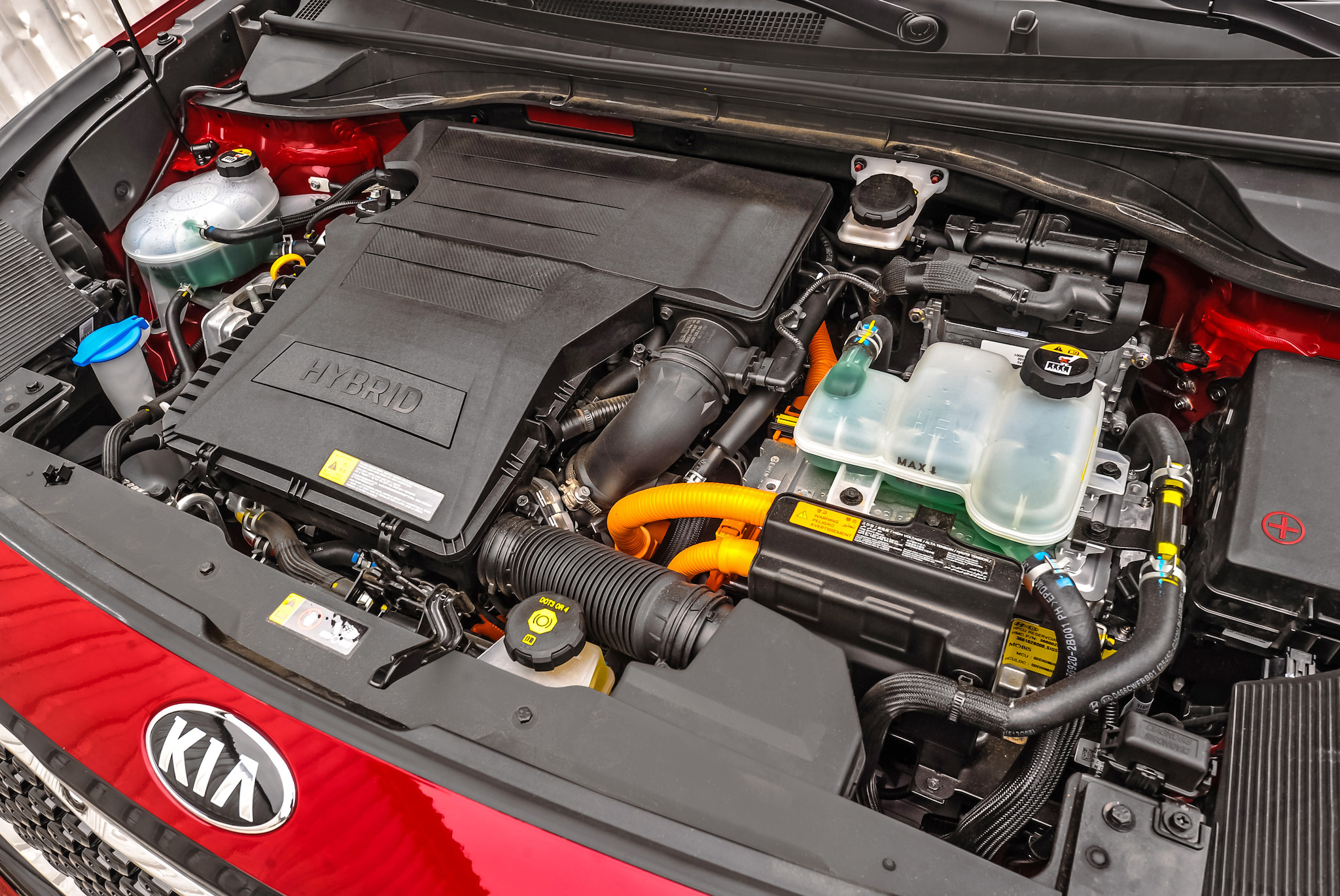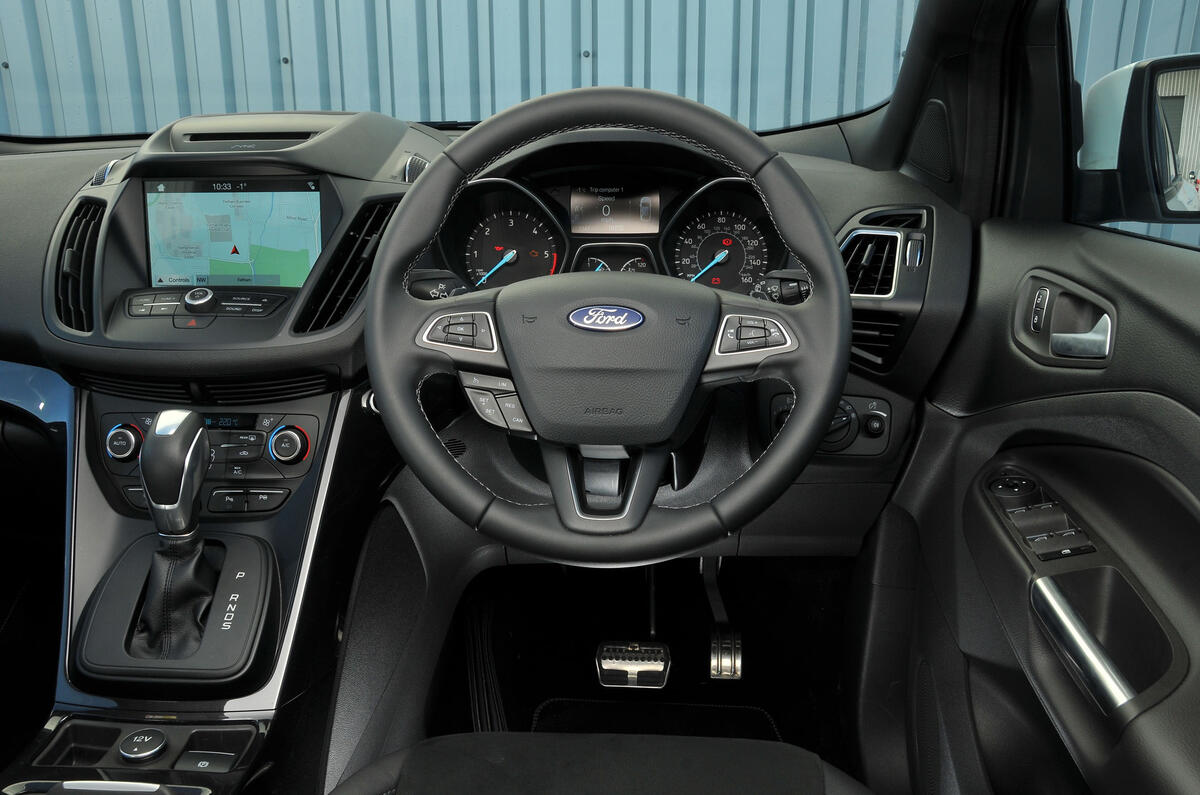What To Check When Buying a Used Car
Buying a new car, whether new or used is an exciting moment and a big commitment. That is why it’s essential before you sign any paperwork and commit to buying the vehicle, to inspect it and make sure that everything is as it should. Here at Perrys, we have put together a checklist of what to bear in mind when viewing a vehicle, as we want all our customers to be fully satisfied with their new ride.
Documents
Take a look at the car’s past MOT certificates (you can do so online), look for any faults and advisories, and ask to see any V5C and original documentation that comes with the car, such as manuals and warranty handbooks. You should also take a look at the service book (if any) showing where and when the vehicle has been serviced, as these are all signs of a well-kept car.
Engine
Unless anyone has test-driven the vehicle right before you, your chosen car’s engine should be cold, a perfect time to spot any audible engine issues, most likely noticeable if the engine is started cold instead of warm. Either way, keep an ear out for any unusual sounds when starting the engine and any oil warning lights appearing on the dashboard, as these may be signs of a bigger issue. Test the clutch and ensure it operates normally when pressing the pedal. Lastly, check the oil level and make sure it’s filled to the right level.

Bodywork / Accident Damage
When viewing the car, check for any inconsistent gaps between panels or mismatched paint, as this may signify that the car was previously involved in an accident. Old repairs aren’t necessarily bad if done properly; they help you build a better understanding of the car. Check for rust on the car’s metal body panels as these may require fixing in the future and can be triggered by stone chips and scratches as well.
Interiors
Inspect the conditions of the vehicle from the inside, and check for any stains, rips, or tears in the upholstery or any damage to the seats, as this may impact the cost of the car if there are some. And don’t forget to press all the buttons in the car to make sure they all work properly.

Mileage
When checking the car’s MOT history, make sure that the mileage is consistent across time and that no previous owner has tampered with it.
Wheels / Tyres
Check all four wheels for any damage, including the spare wheel (if the vehicle has one). Grazes are not an issue, but if any of the wheels is bent or has large dents on the rim, you may need to account for repairs or replacements in the near future. Check the tyre depth gauge as well and make sure it’s above the legal minimum of 1.6 mm as if they are below, you’ll need to replace them in the near future.
Test Drive
Before committing to the purchase, you should always take the car for a test drive and ensure it’s the right vehicle for you. See how it drives, if you like its visibility, and if all the advertised features are in working order. Make sure that no warning lights come on the dashboard, that the brakes operate timely and effectively without making strange noises, and that the car doesn’t pull to one side when driven.
_750_500_70.jpg)
Running Costs
Last but not least, if you know the car’s number plate, compare different insurance companies, research your chosen vehicle’s mpg, and check the road tax on the Government’s website to make sure you are aware of your new car’s rough running costs.
We hope our tips will help to inform your used car purchase; however, we are always here to help if you have any further queries.
Tags: *Used_Car_Checks *Used_Car *Buying_Guide *Buying_Used_Car *Car_Outlet *Car_Supermarket


